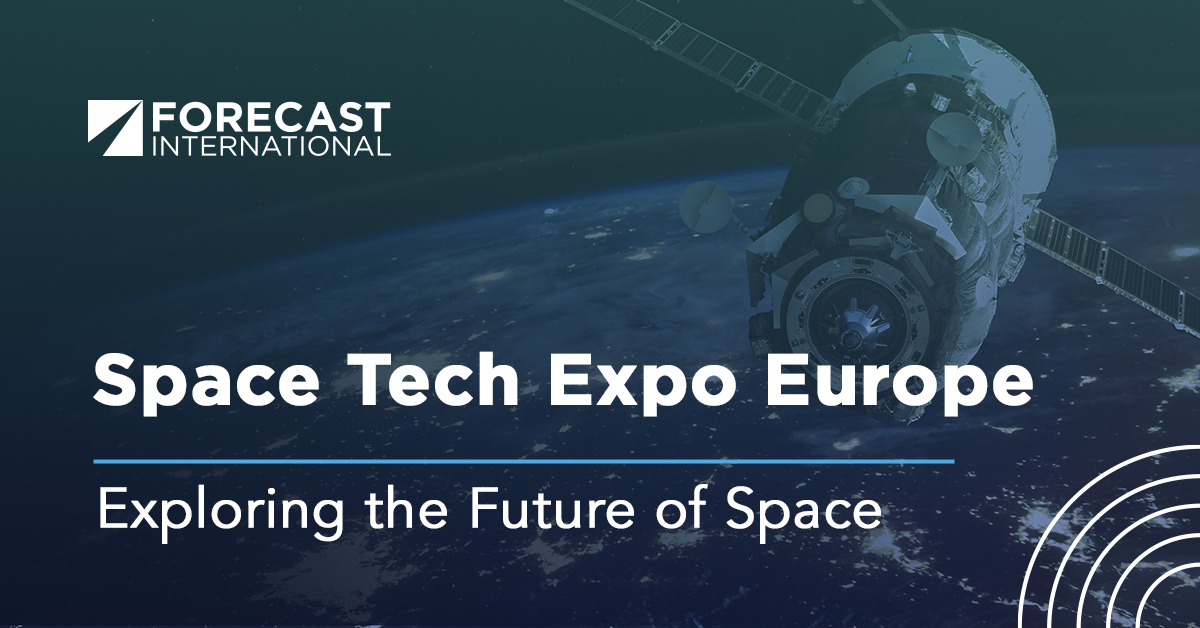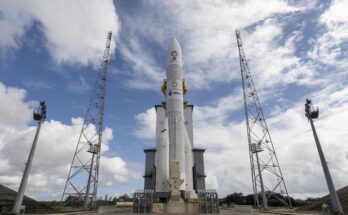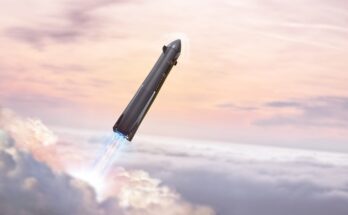
The United States and the Soviet Union had their Space Race and now others have entered the market, including China and India – and the continent of Europe. Europe is no stranger to space; it has been orbiting satellites with its own launch vehicles since the 1970s. Space Tech Expo Europe presented a forum for a discussion of future European missions and to reflect on past achievements.
The list of future missions is long. The upcoming missions and launch vehicles worth particular mention are Euclid, JUICE, Ariane 6, and “Bavarian Rockets.” What’s more, European contributions to the Lunar Gateway will maintain Europe’s footprint in the Cosmos.
The Euclid mission will map the geometry of dark energy and study its nature in the universe. Orbiting at the Earth L2 Lagrange Point (a Lagrange Point is the point where objects in space remain in place due to the gravitational pull of two large masses, here the Earth and the Sun), which the James Webb Space Telescope also occupies, the mission is designed for a six-year duration. Due to the current war in Ukraine and the resulting sanctions, reverse sanctions, and general lack of interest in cooperation between the West and Russia, the launch vehicle to be used is a SpaceX Falcon 9 rather than a Soyuz as originally planned. Launch date is set for sometime in Q3 2023. Euclid is a part of the European Space Agency’s “Cosmic Vision” campaign. Other missions in the Cosmic Vision program are EnVision, Comet Interceptor, LISA and JUICE.
JUICE (JUpiter ICy moons Explorer) will study Jupiter’s Galilean moons: Io, Europa, Ganymede, and Callisto. The spacecraft will also observe Jupiter’s atmosphere and magnetosphere as well as the planet’s interaction with the four Galilean moons. According to ESA, the spacecraft will cruise for 7.6 years, followed by 3.5 years doing work in the Jovian system. This will be the ESA Cosmic Vision program’s first L-class (Large-class) mission. The rocket will reportedly be the last Ariane 5 to launch before its replacement by Ariane 6.
The long-awaited Ariane 6 is planned for a first launch in Q4 of 2023. The rocket is an evolutionary addition to the Ariane line of launch vehicles. The Ariane 6 has suffered from delays, which are common for space endeavors, but it nonetheless will have advantages over the current Ariane 5 line. First, in comparison to the Ariane 5, cost has reportedly been decreased by half. In addition, Ariane 6 can be built at a faster rate, and multiple, smaller payloads can be deployed – all with about the same payload mass capacity as that of the former vehicle.
Although the Ariane 6 is attracting many of the headlines within the space community, two European companies, both coincidentally located in Bavaria, are also worth a mention.
Europe’s push to have its own launch capability on its own soil is of major importance for the continent. The two companies out of Bavaria are trying to make the dream a reality. The first, Rocket Factory Augsburg, is building its rocket (RFA One) to potentially launch from a variety of places, including Sweden (testing), Norway and Australia. Payload will be approximately 1,300 kilograms to SSO (Sun-Synchronous Orbit) and 450 kilograms to GTO (Geosynchronous Transfer Orbit). The launch vehicle will have two stages, with an optional third. Current plans call for a 2023 inaugural launch.
The second, Isar Aerospace, located in Munich, Germany, builds the Spectrum launch vehicle. Spectrum will have slightly less payload capacity than RFA One with 700 kilograms to SSO. This rocket will also launch from Norway, but French Guiana is a possibility as well. This rocket will also make its first launch in 2023. Delays are normal in spaceflight, and the 2023 launch dates, although achievable, are speculative.
These missions to discover more about our solar system notwithstanding, Europe has always been a major contributor to the missions of other space agencies. ExoMars (ESA and Roscosmos) and Artemis (NASA, ESA, JAXA and CSA) are just two examples. More collaboration awaits in the future. The Lunar Gateway, a lunar orbiting outpost that will facilitate moon missions, is currently in the works. Portions of the Gateway, specifically the modules (similar to the International Space Station), will be built by European manufacturers led by ESA. The European System Providing Refueling, Infrastructure and Telecommunications (ESPRIT) service module will provide extra fuel capacity to the station; its production is also being led by ESA. Another module will be the International Habitation Module (I-HAB), which is a collaboration between ESA and JAXA. These modules will be delivered to Gateway in the 2027-28 timeframe.
The Space community is looking forward to all of the above. While Europe and ESA have accomplished so much, there is more to be done. Collaboration among agencies will be key in future efforts. Russia, due to the war in Ukraine, has lost many contracts and opportunities for further exploration. China, meanwhile, is a rising force in Space. It remains to be seen what the landscape will look like in the next decade, but until then there are a plethora of missions to keep the exploratory mind captivated.
Interested in learning more? Email us at info@forecast1.com – we can’t wait to hear from you!
Forecast International’s Space Systems Forecast – Satellites & Spacecraft product covers communications, remote sensing, scientific, and navigation spacecraft. Individual reports detail the markets for commercial networks like Intelsat and military systems such as the SBIRS constellation. Satellites covered range in size from small CubeSats to large platforms like the Boeing-702 and SSL 1300. The service also features reports on new market entrants like Planet of San Francisco and OneWeb. Click here to learn more.
Carter Palmer has long held a keen interest in military matters and aviation. As a FI's space systems analyst he is responsible for updating the reports and analyses within the Space Systems Forecast – Launch Vehicles & Manned Platforms and Space Systems Forecast – Satellites & Spacecraft products.




